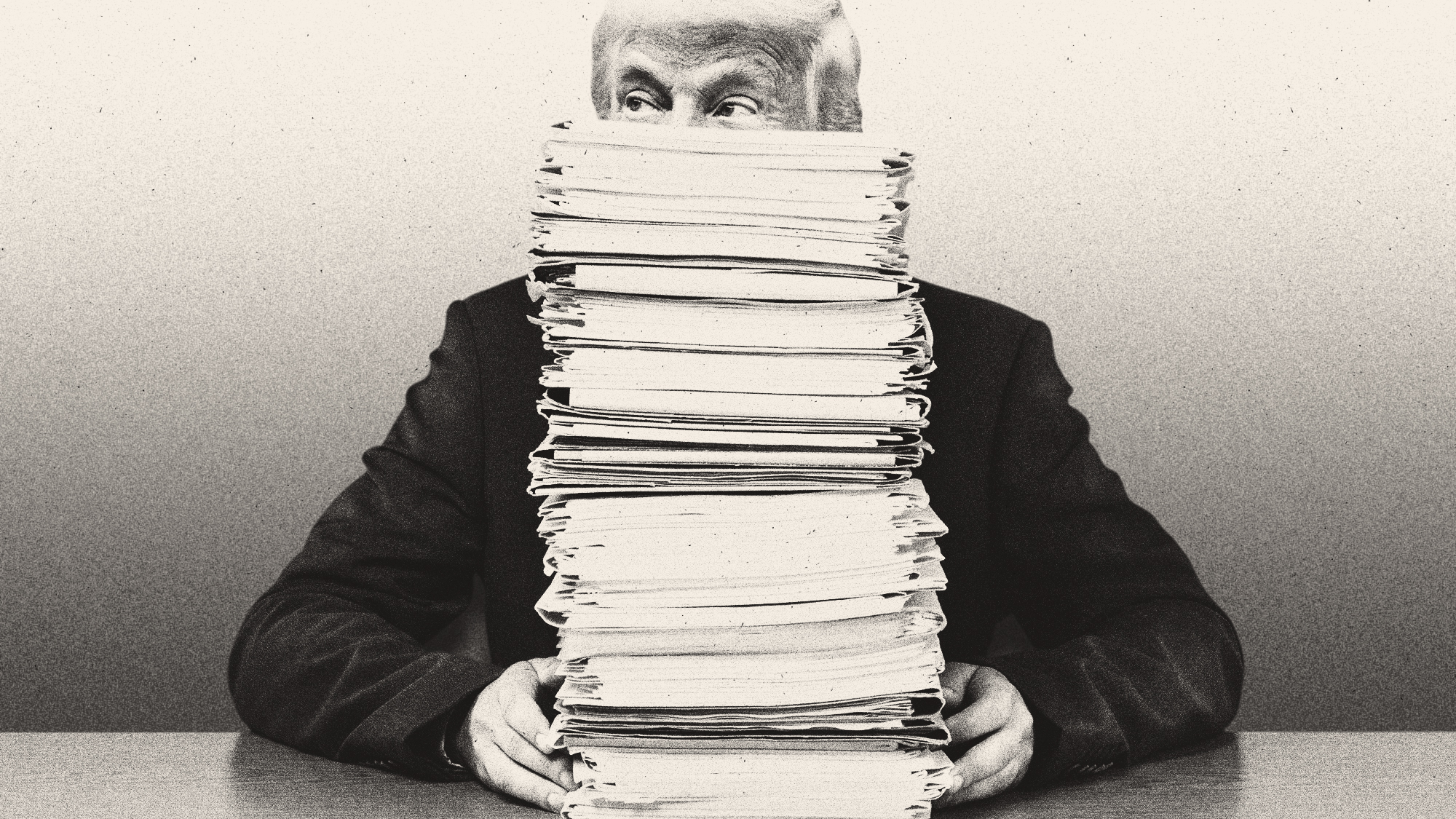The Federal Reserve is living in a fantasyland
Wake up, Federal Reserve Board sheeple


The Fed has failed.
Indeed, only the world-historical disaster engineered by the nincompoops at the European Central Bank has made America's central bank — the Federal Reserve — look remotely good lately.
For eight straight years, under Republican and Democratic leadership, the Fed has behaved like nothing has changed since the 1970s — that inflation is the number one concern, that a return to normal economic conditions is always right around the corner, and that no real changes or innovations are needed. It's a picture of an institution helplessly in the grip of groupthink and intellectual decadence. The Fed remains stubbornly oblivious to clear reality: We are now eight years into a prolonged mini-depression that has only just barely reached a state that might be called "decent" with a straight face. But there is no sign of returning to the pre-recession growth path, and no sign that late-'90s-style mass prosperity is ever coming back.
The Week
Escape your echo chamber. Get the facts behind the news, plus analysis from multiple perspectives.

Sign up for The Week's Free Newsletters
From our morning news briefing to a weekly Good News Newsletter, get the best of The Week delivered directly to your inbox.
From our morning news briefing to a weekly Good News Newsletter, get the best of The Week delivered directly to your inbox.
The Fed is supposed to control the economy via the supply of credit. If the economy is overheating, with spending overtaking production of goods and services, hence leading to inflation, the Fed jacks up interest rates, which makes it harder to borrow money. If the economy is heading into a recession, the Fed can make it easier to borrow (thus stimulating the economy) with lower interest rates.
Interest rates can only go so low — a fact the Fed ran into in 2008. At zero percent interest (or a bit below that), it's impossible to go any lower.
But sometimes zero is not enough. And so the Fed has halfheartedly tried various unconventional stimulus measures to assist the broader economy.
These measures were surely better than nothing. They were also manifestly unequal to the task. The very timidity of these efforts helped create a self-fulfilling prophecy of economic weakness. Private actors withheld investment for fear of future tight money — as the Fed has been very obviously itching for the slightest excuse to raise interest rates. It finally did so in December of last year, when economic conditions gave them just enough cover. As my colleague Jeff Spross argues, this is a huge moral failure in addition to an intellectual one.
A free daily email with the biggest news stories of the day – and the best features from TheWeek.com
Hopes were high that this year's Jackson Hole conference would mark a turning point in the Fed reckoning with this basic problem. But no. As Brad DeLong notes, Fed Chair Janet Yellen's projections of the trajectory of future interest rates were preposterously optimistic. No less an establishmentarian than Larry Summers pronounced the conference a failure:
For nearly a decade, since the mid 2008 FOMC meetings where many believed that the worst had past, the Fed been too serene about the economic outlook and a return to past regularities. When the Fed predicted last December that it would raise rates four times in 2016, market participants saw a disconnect from reality. It has been that way for a long time...The Fed has always believed that rate increases and normalization were around the corner but never been able to deliver. [Larry Summers]
The Fed has been undershooting its inflation target — which implies room for economic stimulus — for four years straight. Yet it is still preparing the ground for more rate hikes. As Ryan Avent argues, market expectations (and common sense) put very good odds on the Fed's policy rate remaining at 1 percent or below through 2019, which would easily be the longest stretch in postwar history.
One day — maybe one day soon — another recession will arrive. And when it does, the Fed is going to have virtually no room to maneuver, being only a hair above that zero lower bound. Fed bigshots will no doubt appear very sober, serious, and concerned, instead of the oblivious clods they in fact are.
At any rate, the lesson is clear: Central bank independence is a failed idea. The Fed got political breathing space supposedly to prevent inflationary over-stimulus from irresponsible politicians, but instead they're failing their legal obligation to ensure full employment. Therefore, governments should reform central banks, making them an ordinary government department, and give them additional tools to fight unemployment.
There are many options to achieve that end, but the best is helicopter money. Previous unconventional stimulus (or "quantitative easing") involves the creation of tons of new money, some of which is basically supposed to leak out into the broader economy (in reality it largely sloshes around in the financial sector, increasing inequality). Helicopter money, by contrast, would go straight to citizens on a per-capita basis. No more worries about the zero lower bound leading to a self-perpetuating collapse in total spending. Just jam cash into Americans' pockets. It would make fighting any future recession a cinch.
Ryan Cooper is a national correspondent at TheWeek.com. His work has appeared in the Washington Monthly, The New Republic, and the Washington Post.
-
 How are these Epstein files so damaging to Trump?
How are these Epstein files so damaging to Trump?TODAY'S BIG QUESTION As Republicans and Democrats release dueling tranches of Epstein-related documents, the White House finds itself caught in a mess partially of its own making
-
 Margaret Atwood’s memoir, intergenerational trauma and the fight to make spousal rape a crime: Welcome to November books
Margaret Atwood’s memoir, intergenerational trauma and the fight to make spousal rape a crime: Welcome to November booksThe Week Recommends This month's new releases include ‘Book of Lives: A Memoir of Sorts’ by Margaret Atwood, ‘Cursed Daughters’ by Oyinkan Braithwaite and 'Without Consent' by Sarah Weinman
-
 ‘Tariffs are making daily life less affordable now’
‘Tariffs are making daily life less affordable now’Instant Opinion Opinion, comment and editorials of the day
